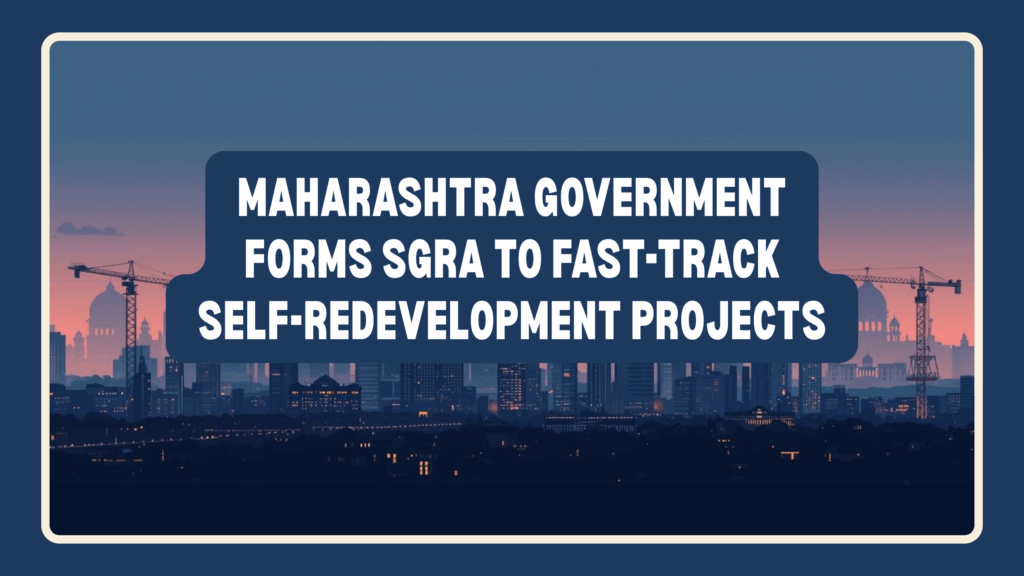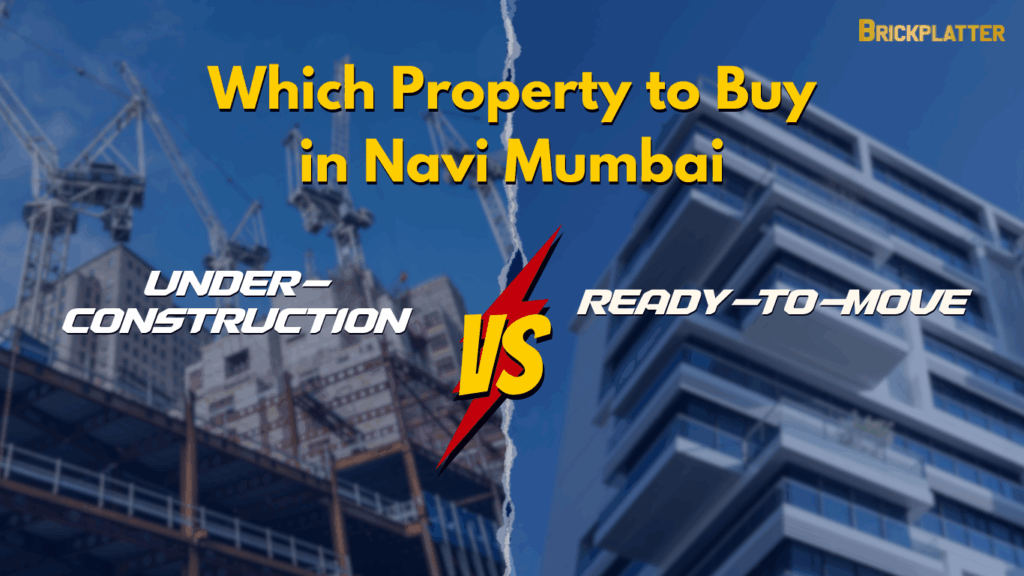NRIs Buying Homes in India: Why they’re flocking to India’s real estate market
NRIs Buying Homes in India: Why they’re flocking to India’s real estate market NRIs buying homes in India is no longer a niche trend — it has become a significant driver in India’s residential property market. Even with complex tax implications and regulations under the Foreign Exchange Management Act (FEMA), NRIs (Non-Resident Indians) continue to invest heavily in Indian homes. A closer look reveals the motivations behind this sustained interest. 1. The regulatory base is clearer than ever While regulatory frameworks like FEMA and overseas investment rules can seem daunting, they also bring structure and predictability. The law allows NRIs and Persons of Indian Origin to invest in residential immovable property in India.This clarity – around what is permitted, what needs approvals, and how ownership works – creates confidence. For instance, though agricultural land or farm-houses may be restricted, typical residential options remain accessible. When you are addressing NRIs buying homes in India, it’s reassuring to know the process is well-defined and not left to ambiguity. 2. Strong remittance flows = liquidity NRIs have sent record‐high remittances back home — exceeding US $135 billion in FY2024-25. That’s a large pool of capital that can be channelled into real estate. For an NRI thinking of buying property, having the funds ready removes one big barrier.So in contexts of NRIs buying homes in India, the availability of capital plays a major role. 3. Emotional connection & the tangible asset appeal For many NRIs, buying a home in India is not purely a financial decision — it’s deeply personal. It connects them to their roots, family and future legacy.Moreover, real estate is something you can see, touch and occupy — unlike many financial instruments.Thus when you write about NRIs buying homes in India, emphasise that it’s both investment and identity. 4. Currency and inflation hedge When an NRI earns in foreign currency, investing in Indian property gives several advantages: If the Indian rupee weakens, the effective cost in foreign currency falls. Real estate provides a hedge against inflation in India — rental yields and capital appreciation become meaningful. As global interest rate regimes change, some investors find Indian property yields more attractive. Hence, for NRIs buying homes in India, the currency/inflation angle often tips the balance. 5. Improved transparency and risk mitigation In the past decade, reforms such as the Real Estate (Regulation and Development) Act (RERA), digitisation of land records and professionalisation of developers have strengthened trust in the Indian real-estate ecosystem.NRIs, especially those making decisions remotely, value: Projects from established developers Ready or near‐completion units Locations with strong connectivity and infrastructureThis change in buyer behaviour is crucial when discussing NRIs buying homes in India, because it shows maturity and risk awareness. 6. Tax & regulatory implications — a cost, not a deterrent Yes — there are tax implications and FEMA restrictions when NRIs buy property in India. For many, these may appear as roadblocks. But what the data shows is that for many NRIs, these are manageable compliance costs rather than full deterrents. The positives (emotional connection, currency advantage, liquidity, improved transparency) tend to outweigh the complexity.Therefore, when writing your article on NRIs buying homes in India, ensure you touch on the regulatory/tax side — but frame it as “yes there are hurdles, but here’s why they’re still buying”. 7. What this means for the Indian real-estate market When you zoom out, this trend of NRIs buying homes in India signals: A steady and resilient demand pool, especially in cities and metros Growth potential in the NRI-targeted segment of real estate: offshore marketing, NRI-loans, tailored services Developers recognising NRIs as a key buyer group — which could influence product design, amenities, payment plansFor your real-estate website, this means: convey to local and foreign investors that tapping NRI demand is strategic. 8. Key take-aways for NRIs or developers If you are an NRI looking to buy, start with well-known developers and ready or near-ready projects in urban locations. Make sure you understand the FEMA norms and tax implications (especially if you’ll rent it out or repatriate proceeds). Monitor currency movements — if rupee weakens, that might be a good buying window. For developers or local real-estate websites: highlight the NRI angle explicitly — talk about ease of process, NRI-friendly loan/payment options, trustworthy projects. Use clarity, transparency and emotional appeal in your messaging when targeting NRIs. Conclusion In summary: NRIs buying homes in India is a growing trend driven by a confluence of factors — emotional ties, foreign income, currency dynamics, improved governance and investment logic. Although tax and regulatory compliance exist, they are no longer sufficient deterrents.For the Indian real-estate ecosystem, recognising and catering to the NRI buyer is both a challenge and an opportunity. If you are building content around real estate, this topic offers strong relevance, depth and engagement potential.
NRIs Buying Homes in India: Why they’re flocking to India’s real estate market Read More »









